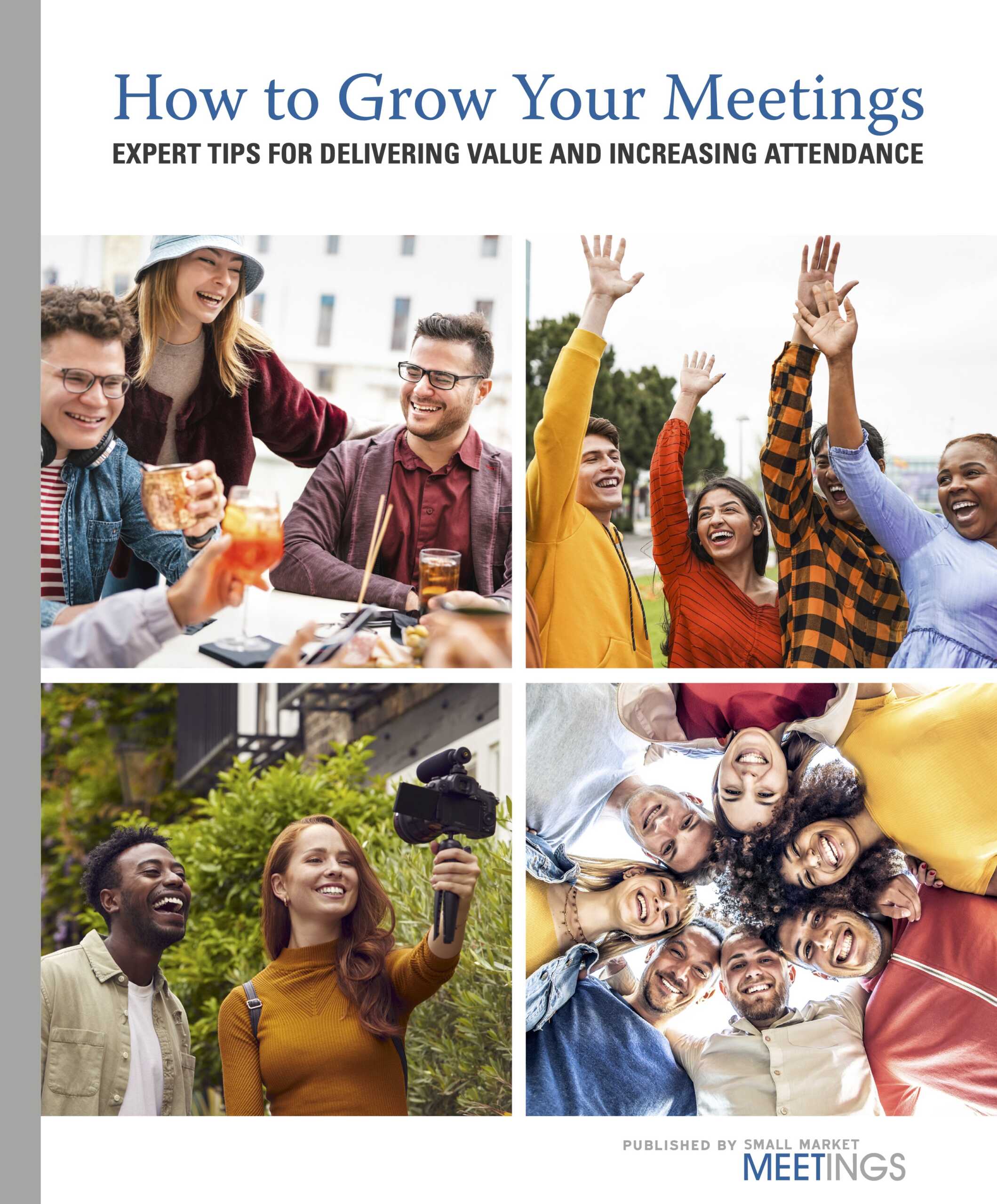We’ve all been there: squirming during a conference session, hatching plans to escape a talk that isn’t living up to its billing because the speaker isn’t up to par.
As bad as it is for attendees, it can be even worse for meeting professionals. Quality speakers are one of the main reasons people return to conferences, ranking alongside networking in terms of importance. When speakers disappoint and we leave a session feeling that we’ve gained little to nothing for time spent, we think twice about coming back to next year’s conference.
Evaluating speakers before we hire them is a key, and a book I read recently, “Talk Like TED: The Nine Public Speaking Secrets of the World’s Top Minds,” offers insights into what to look for in effective speakers.
Although the book is written for those who want to make better presentations, the attributes author Carmine Gallo describes can also serve as a guide for those who hire speakers. Here are seven important qualities Gallo found in TED presenters.
They are passionate about their topics.
When speakers are enthusiastic and inspired, so are their audiences. One researcher Gallo interviewed said it is nearly impossible for a speaker to electrify an audience if there is no intense and meaningful connection to the information being presented.
They spend significant time telling stories.
Research shows that our brains become more active when we listen to stories. Think back about speakers you most remember, and chances are good they were storytellers, infusing their talks with personal stories and anecdotes, or tales they had read or heard from others. For example, Gallo pointed out, Bryan Stevenson of the Equal Justice Initiative, whose TED talk has been watched by millions, spent 65 percent of his time telling stories during his talk.
They are comfortable and conversational.
A conversational style — in other words, a presentation that feels like listening to a friend over dinner — is more enjoyable and easier to absorb. The best speakers also look natural and comfortable on stage, as their body language reinforces their words. Nothing is more distracting than an awkward or uncomfortable physical presence — the speaker who jingles his pocket change or waves her hands too much or nervously grips the podium.
They share new information or old information in a new way.
We all get a kick out of learning something new or hearing about novel approaches to the challenges we face. Attendees perk up as speakers connect seemingly disparate fields, present ideas they’d never considered or bend old saws by looking at things from different angles.
They find ways to drop jaws.
The best speakers include something unexpected. It might be a demonstration, perhaps of a new product or technology. Or speakers might use props to make points, such as the time a researcher brought a human brain onstage and used it to point out different areas and their roles in our behavior.
They inject helpings of humor.
We’re not talking jokes, but rather funny and genuine observations and stories. TED presenters who use humor most effectively tell stories about themselves and those they know, or make observations about the world around them. Speakers who effectively poke fun at themselves or their topics almost always win over audiences.
They heighten talks with sensory experiences.
Powerful photos often say more than words. Videos can be an invigorating break. The sense of touch can even come to the fore, like when a doctor used a feather and a blowtorch to make the point to the TED audience that the lightest of touches feels like intense burning to those who suffer from chronic pain.











